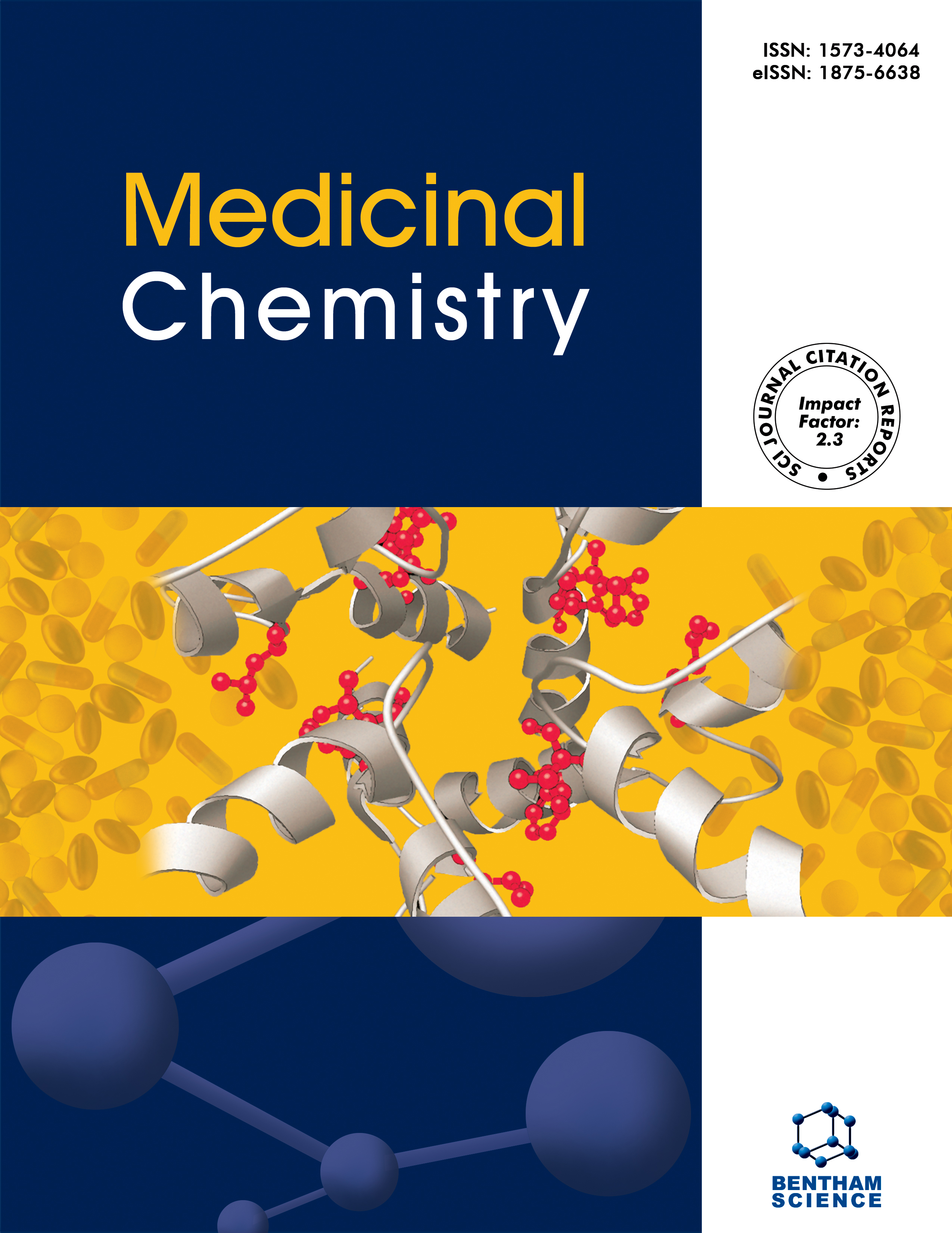
Full text loading...
We use cookies to track usage and preferences.I Understand
Rhipicephalus microplus, an important cattle ectoparasite, is responsible for a substantial negative impact on the economy due to productivity loss. The emergence of resistance to widely used commercial acaricides has sparked efforts to explore alternative products for tick control.
To address this challenge, innovative solutions targeting essential tick enzymes, like glutathione S-transferase (GST), have gained attention. Dimeric flavonoids, particularly brachydins (BRAs), have demonstrated various biological activities, including antiparasitic effects. The objectives of this study were to isolate four dimeric flavonoids from Fridericia platyphylla roots and to evaluate their potential as inhibitors of R. microplus GST.
In vitro assays confirmed the inhibition of R. microplus GST by BRA-G, BRA-I, BRA-J, and BRA-K with IC50 values of 0.075, 0.079, 0.075, and 0.058 mg/mL, respectively, with minimal hemolytic effects. Molecular docking of BRA-G, BRA-I, BRA-J, and BRA-K in a three-dimensional model of R. microplus GST revealed predicted interactions with MolDock Scores of -142.537, -126.831, -108.571, and -123.041, respectively. Both in silico and in vitro analyses show that brachydins are potential inhibitors of R. microplus GST.
The findings of this study deepen our understanding of GST inhibition in ticks, affirming its viability as a drug target. This knowledge contributes to the advancement of treatment modalities and strategies for improved tick control.

Article metrics loading...

Full text loading...
References


Data & Media loading...
Supplements

